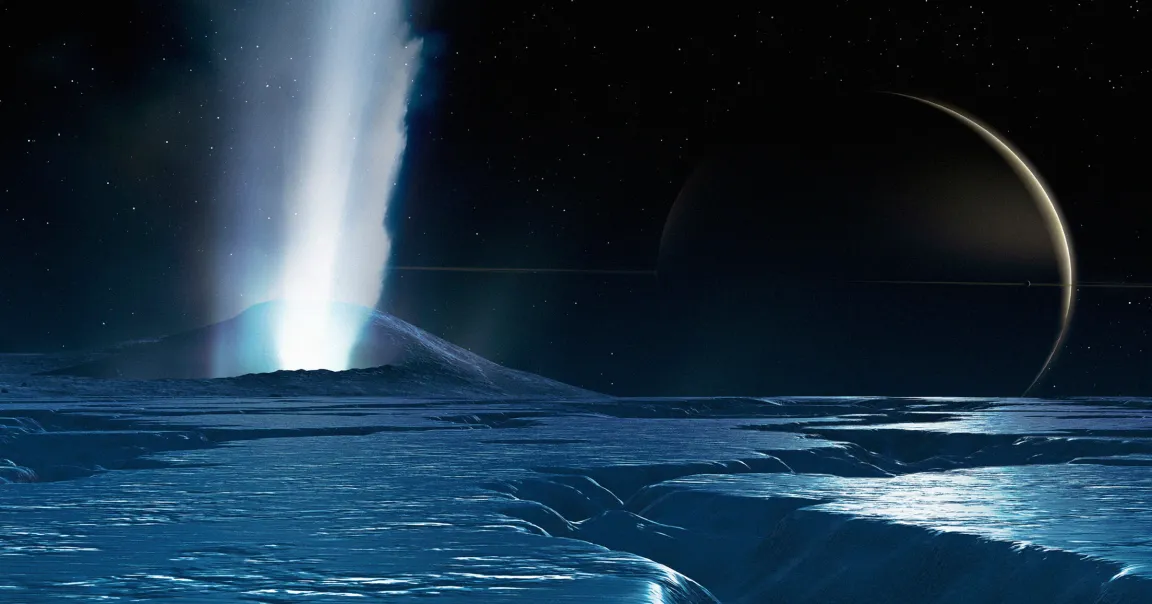
Astronomers have found that Saturn’s moon, Enceladus, is spewing out copious amounts of complex organic molecules, suggesting it’s an even more promising place to look for extraterrestrial life than previously thought.

A study zooms in on data that NASA’s Cassini gathered at Saturn’s icy moon and finds evidence of a key ingredient for life and a supercharged source of energy to fuel it.

Most of what we know about Enceladus and its ice-covered ocean comes from the Cassini mission. New research based on Cassini data strengthens the idea that Enceladus has the chemicals necessary for life.

Phosphorus is the least abundant essential element necessary for life, and its recent detection in icy grains from Enceladus could redefine how we look at life beyond Earth.

This plume is larger than any previously observed on the moon and may contain the necessary chemicals for life coming from below its icy surface.

Recently scientists have determined that no known process can be pumping out the amount of methane observed spewing from Saturn's moon Enceladus. That means it could be biological in origin.